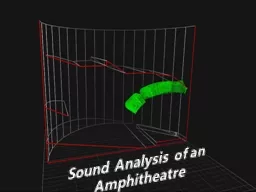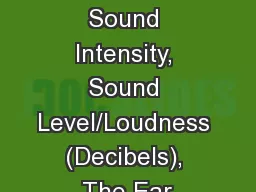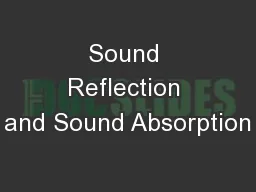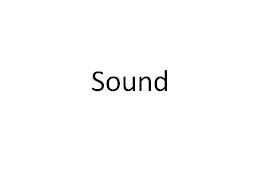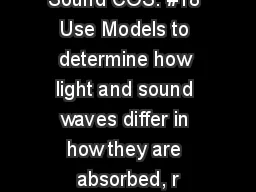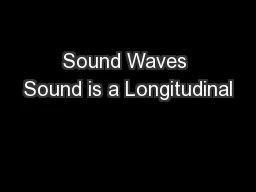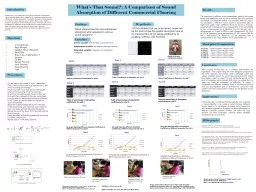PPT-Sound Analysis of an Amphitheatre
Author : agentfor | Published Date : 2020-06-15
Importing Model to Ecotect Anaysis 3ds geometry Ecotect 3ds geometry Ecotect Conclusion Analysis will retard or take long time Revit and Ecotect Tag the object
Presentation Embed Code
Download Presentation
Download Presentation The PPT/PDF document "Sound Analysis of an Amphitheatre" is the property of its rightful owner. Permission is granted to download and print the materials on this website for personal, non-commercial use only, and to display it on your personal computer provided you do not modify the materials and that you retain all copyright notices contained in the materials. By downloading content from our website, you accept the terms of this agreement.
Sound Analysis of an Amphitheatre: Transcript
Download Rules Of Document
"Sound Analysis of an Amphitheatre"The content belongs to its owner. You may download and print it for personal use, without modification, and keep all copyright notices. By downloading, you agree to these terms.
Related Documents

